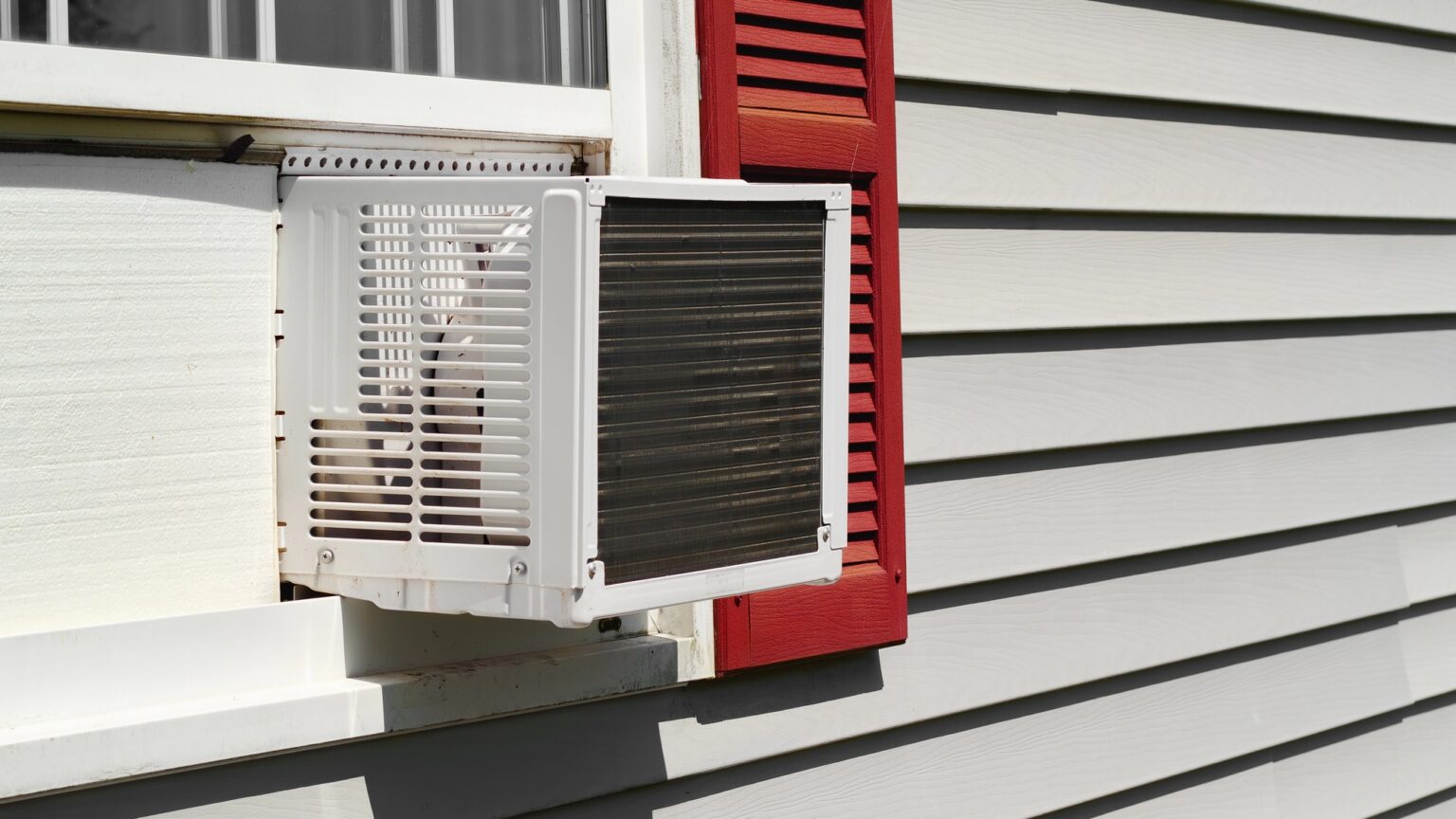Innovative Cooling Solution: Cement-Based Paint That “Sweats” to Combat Urban Heat
Revolutionizing Urban Cooling with Water-Responsive Paints
Imagine a coating that not only shields buildings from the sun’s relentless heat but actively cools them through a natural process akin to sweating. This is the promise of CCP-30, a groundbreaking cement-based paint designed to enhance passive cooling in urban environments. According to recent research published in Science, initial tests suggest that CCP-30 can deliver approximately ten times the cooling efficiency of conventional exterior paints, offering a promising avenue for sustainable climate control.
The Growing Challenge of Urban Heat and Energy Consumption
As global temperatures continue to climb, the demand for cooling solutions becomes increasingly urgent. Currently, approximately 20% of worldwide electricity consumption is dedicated to air conditioning and fans, a figure projected to grow by nearly half-45%-by 2050. Urban centers, in particular, face intensified heat due to the urban heat island (UHI) effect, where dense infrastructure traps heat, raising city temperatures by several degrees compared to surrounding rural areas. Addressing this challenge requires innovative, eco-friendly strategies that reduce energy use while effectively mitigating heat.
Limitations of Existing Passive Cooling Technologies
While some paints and coatings leverage passive cooling by radiating infrared heat away from surfaces, their effectiveness is often limited to dry, sunny climates. These materials struggle under high humidity or overcast conditions, where moisture in the air hampers infrared emission. Additionally, passive cooling methods tend to be less effective on vertical surfaces or those not directly exposed to the sky, reducing their overall utility in complex urban landscapes.
A New Approach Inspired by Nature and Construction Materials
To overcome these limitations, a team of engineers from Nanyang Technological University in China drew inspiration from two natural phenomena: the water-absorbing capacity of cement and the evaporative cooling mechanism of sweating. Cement, a staple in construction, can absorb significant amounts of water, which then evaporates, providing a cooling effect. Mimicking this process, the researchers developed a nanostructured, porous white gel primarily composed of calcium silicate hydrate, a common cement component.
Testing and Results: A Two-Year Field Study
The team applied their innovative paint to a model home and compared its performance against two other structures-one coated with standard exterior paint and another with a commercially available radiative cooling paint. These tests were conducted over two years in Singapore’s humid tropical climate, known for its challenging conditions for passive cooling.
The results were striking: CCP-30 reflected up to 92% of sunlight and emitted 95% of absorbed heat as infrared radiation, significantly outperforming traditional coatings. Its porous structure allowed it to retain about 30% of its weight in rainwater, which then evaporated gradually, providing continuous passive cooling. Importantly, the paint’s optical properties remained stable even when saturated with water, ensuring consistent performance.
Energy Savings and Environmental Impact
Preliminary assessments suggest that buildings coated with CCP-30 could see electricity savings of 30-40%, translating into a potential reduction of approximately 28% in overall carbon emissions over the product’s lifespan compared to conventional paints. Such benefits are particularly relevant for densely populated, humid regions where cooling demands are highest and energy costs are substantial.
Broader Implications and Future Prospects
This innovative paint offers a scalable, environmentally friendly solution to urban heat challenges. Its ability to adapt to both new constructions and existing buildings makes it a versatile tool in the fight against climate change. As cities worldwide seek sustainable ways to reduce their carbon footprint, materials like CCP-30 could become integral to urban planning and architecture, especially in tropical and subtropical zones where heat stress is most acute.
Stay Informed with the Latest in Sustainable Technology
The team behind CCP-30 continues to refine their formulation, aiming to enhance durability and cost-effectiveness. As research progresses, similar water-responsive coatings could revolutionize how cities manage heat, reduce energy consumption, and improve quality of life amid rising global temperatures. For more insights into cutting-edge innovations and eco-friendly building solutions, subscribe to the Popular Science daily newsletter, delivering breakthroughs, DIY tips, and expert analysis straight to your inbox.

